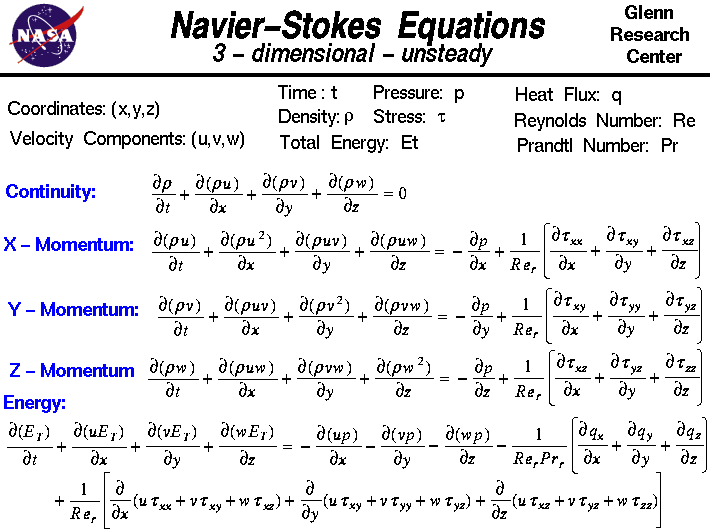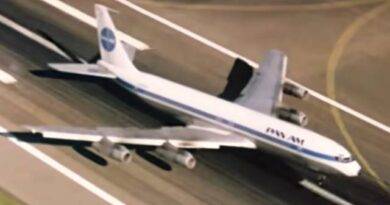Computational Fluid Dynamics (CFD) and Its Role in Aviation
Computational Fluid Dynamics (CFD) has revolutionized many industries, but its impact on aviation is particularly profound. By simulating the behavior of fluids—such as air over an airplane wing—CFD allows engineers to optimize aircraft designs, reduce costs, and enhance safety.
What is Computational Fluid Dynamics?
CFD is a technique that uses numerical algorithms to analyze fluid flow. This includes how gases (like air) or liquids (like fuel) move through or around objects. In aviation, this technology plays a crucial role in understanding aerodynamics, the study of how air interacts with moving objects.
Why is CFD Important in Aviation?
Airplanes fly based on principles of aerodynamics. The airflow over wings, fuselages, engines, and other surfaces determines lift, drag, and overall performance. Before the advent of CFD, engineers relied heavily on wind tunnel testing and physical prototypes, which were expensive and time-consuming.
CFD offers an alternative that allows engineers to simulate these airflows on a computer. This helps reduce the need for multiple costly prototypes and physical testing. More importantly, CFD allows engineers to study airflows in conditions that would be dangerous or impossible to test in real life.
Key Benefits of CFD in Aviation
- Design Optimization: CFD allows for the optimization of aircraft designs by predicting how airflow affects performance. For example, by tweaking the shape of a wing or a fuselage, engineers can reduce drag, which improves fuel efficiency.
- Cost and Time Efficiency: Rather than building multiple physical models, aircraft manufacturers can simulate thousands of designs on a computer. This significantly reduces both time and expenses in the design process.
- Enhanced Safety: CFD can simulate dangerous scenarios that would be risky to test physically. It helps engineers understand how aircraft will behave in extreme weather or at high altitudes, enhancing overall safety.
- Environmentally Friendly: Modern aircraft need to be more eco-friendly. CFD allows engineers to design planes that consume less fuel and produce fewer emissions by improving aerodynamic efficiency.
How Does CFD Work in Aviation?
CFD uses complex mathematical models and simulations to predict airflow around a plane’s components. These models are built from fundamental principles like the Navier-Stokes equations, which describe how air moves. Engineers break the physical space around an aircraft into small, manageable pieces (called a mesh or grid), and then use powerful computers to solve the equations in each of those pieces.
CFD tools are used at all stages of an aircraft’s development. They play a critical role in the design of wings, propellers, engines, and control surfaces, ensuring optimal performance from takeoff to landing.

source link
Applications of CFD in Modern Aviation
- Wing Design: CFD helps optimize the shape of wings for maximum lift and minimum drag, resulting in more efficient aircraft.
- Engine Efficiency: Engineers use CFD to improve airflow through jet engines, ensuring better combustion and reducing fuel consumption.
- Flight Stability: By simulating airflow over control surfaces like rudders and ailerons, engineers ensure smooth, stable flight.
- Noise Reduction: CFD helps aircraft manufacturers reduce noise by modeling airflow around engines and fuselages to minimize turbulence.
CFD and the Future of Aviation
As aviation continues to evolve, the importance of CFD will only grow. With the push for more sustainable and fuel-efficient aircraft, CFD will remain a key tool in designing the planes of tomorrow. New advances in turbulence modeling, computational power, and machine learning will allow even more accurate and faster simulations, making aircraft safer, more efficient, and more environmentally friendly.
Conclusion
Computational Fluid Dynamics has transformed how the aviation industry approaches aircraft design and optimization. From reducing drag to improving fuel efficiency, CFD plays a pivotal role in enhancing modern aircraft performance. As technology advances, CFD will continue to push the boundaries of innovation, ensuring that the aviation industry can meet the demands of the future.



